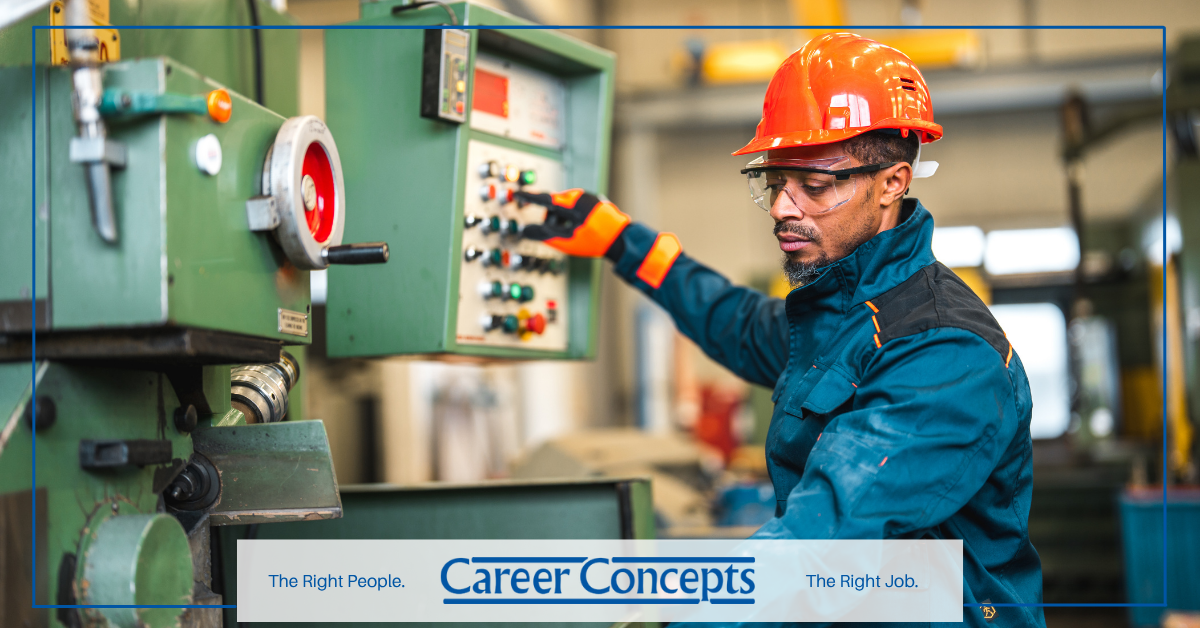What Are the Benefits of a Multigenerational Workplace?

The modern workforce is constantly evolving, and one of the most significant changes in recent years has been the emergence of a multigenerational workforce.
But what is a multigenerational workforce? It’s when a company hires and supports people of all ages.
There are currently four generations in the workforce:
- Baby Boomers (1946-1964).
- Gen X (1965-1980).
- Millennials (1981-1996).
- Gen Z (1997-2012).
- And a sixth generation, Gen Alpha (2013-2025), will enter the workforce in the 2030s.
Balancing- the differences between various generations can be tricky. However, rather than viewing those differences as disadvantages, organizations should consider them a unique opportunity to leverage the strengths of each generation. From enhanced creativity to knowledge sharing, the potential benefits of such a workforce are vast.
9 key benefits of a multigenerational workforce
- Mentoring Opportunities: Having a multigenerational workforce enables both traditional and reverse mentoring. Older employees have accumulated a wealth of experience and can offer advice on handling difficult situations and navigating industry challenges. Younger employees can introduce older employees to new digital tools, apps, and methods that enhance workflows, making them more efficient and streamlined. As a result, having a multigenerational workforce creates significant opportunities for continuous growth and learning for all individuals within the organization.
- Better Marketing: An older team member may excel at client relationships and business strategy, while a younger team member may excel at digital marketing and data analysis. Together, they can collaborate to create well-rounded strategies that leverage both traditional and innovative approaches.
- Better Customer Service: Each generation can relate to different segments of a customer base, allowing for more personalized and effective engagement strategies. Baby Boomers will understand the preferences of older customers. At the same time, Millennials and Gen Z are better equipped to relate to younger, tech-savvy consumers, making it easier for companies to reach a diverse market.
- Heightened Problem Solving: Thanks to the combination of diverse skills and experience, teams with age diversity tend to solve problems faster. By learning from one another, multigenerational teams have a greater ability to brainstorm ideas and innovate.
- Greater Adaptability: Being adaptable helps workers pivot more easily when industries or markets change, or when unexpected global situations arise. Having a mix of ages in your team encourages adaptability by fostering different viewpoints, ensuring that your company remains open-minded and, thus, better prepared for unexpected situations.
- Bigger Talent Pools: Younger generations, such as Millennials, tend to try different jobs, thereby diversifying their experiences and skills. Baby Boomers and early Gen Xers are specialists in their domain, having performed the same job for years or even decades. Successful teams are composed of individuals who have both hard and soft skills; hiring multigenerational talents is a great way to ensure a workforce with a diverse skill set.
- More Continuity: Having older employees’ mentor younger team members means that your organization stays productive when talent changes—and also keeps you from having to hire and train new people who might not be the right fit for the job, ensuring that the insights and institutional knowledge crucial for maintaining a competitive advantage are preserved during transitions.
- Stronger Relationships: A workplace with people of different ages supports a good social structure, since having team members from multiple generations can mirror the relationships of a healthy family. This provides emotional support and assistance that enhances workplace moods and performance, ultimately improving employee engagement, satisfaction, and retention.
- More Efficiency: A multigenerational workforce allows for more efficient work processes. Tasks can be delegated based on each person’s strengths and experiences, ensuring that the right individuals handle the appropriate aspects of a project. This specialization leads to increased productivity, enhanced job satisfaction, and improved organizational outcomes.
Conclusion
The most effective teams embrace the power of a multigenerational workforce, using each group’s strengths to build something greater. The multigenerational workforce presents numerous advantages that enable businesses to thrive and succeed. By embracing generational diversity, companies can foster innovation, improve customer engagement, enhance employee retention, and ultimately drive greater overall organizational growth.
Are you looking for your next career opportunity? Perhaps temp work is the next right thing for you! At Career Concepts, we’ve been helping the right people find the right job for over 50 years. Contact us today, and let’s get started!
Blog published date



